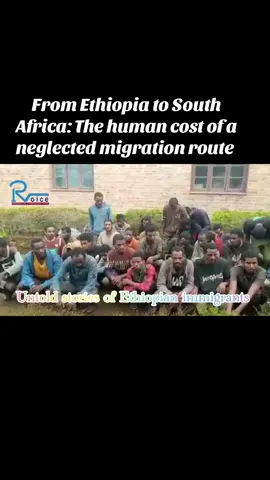𝐀! 🧃
Region: BD
Sunday 29 December 2024 17:38:43 GMT
14343
1278
28
85
Music
Download
Comments
NX BiJOY :
oN DaY 🤝
2024-12-31 07:54:03
1
Nasim Ull Habib :
Insallah🥺
2024-12-31 16:03:08
0
🦋✨RAHAT✨🦋 :
সময় সারাজীবন, এক রকম যাই না - আজ না হয় কাল ভালো দিন আসবেই-( ইন-শা-আল্লাহ)☺️❤️
2025-02-04 03:26:55
1
🦋👑Kazi Rakib👑🦋 :
Feni ❤️🩹
2025-01-08 18:28:10
1
💥☠️ROBEUL🍾⚡ :
- সময় সারাজীবন, এক রকম যাই না - আজ না হয় কাল ভালো দিন আসবেই-( ইন-শা-আল্লাহ)🫀🫶🏼
2024-12-31 03:51:50
1
꧁☠★🆁/🅞//𝐁🅘/🅽★☠꧂ :
inssa allah 🥰
2024-12-30 09:04:49
1
Rabbu>❤️🩹🌷 :
ইনশাআল্লাহ 😊
2024-12-29 18:37:25
1
NAZMUL Khan :
ইনশাআল্লাহ ☺️
2024-12-30 05:19:52
1
Tg Shanto :
সময় সারাজীবন, এক রকম যাই না - আজ না হয় কাল ভালো দিন আসবেই-( ইন-শা-আল্লাহ)🫀🫶🏼
2025-01-02 22:28:49
0
🍁🍁🍁Modhu Mita🍁🍁🍁 :
সময় সারাজীবন, এক রকম যাই না - আজ না হয় কাল ভালো দিন আসবেই-( ইন-শা-আল্লাহ)🫀🫶🏼
2024-12-31 08:46:35
0
oly_shordar :
ইনশাল্লাহ
2024-12-31 08:14:35
0
Jahid Hasan :
in sa Allah 💖
2024-12-30 15:42:16
0
R!🧃 :
🥰🥰🥰
2024-12-29 17:41:13
1
- Yooh Man 🤟😎 :
🙂🙂🙂
2024-12-31 05:23:51
1
Rabbu>❤️🩹🌷 :
🥰🥰
2024-12-29 18:37:28
1
MOH_IT :
🖤🖤🖤
2025-01-03 03:47:42
0
Sharia Alom Jihad :
🥰🥰🥰
2024-12-31 08:17:33
0
MJL. MUHIN . 2 0 :
❤️❤️❤️
2024-12-31 07:56:21
0
Nirzon15 :
@JM BHAI🖤
2024-12-31 08:23:15
1
To see more videos from user @arafa_vai_746, please go to the Tikwm
homepage.





